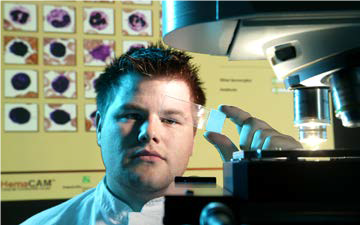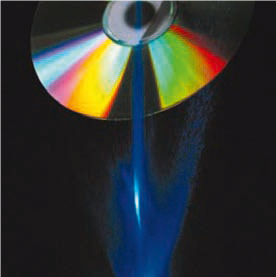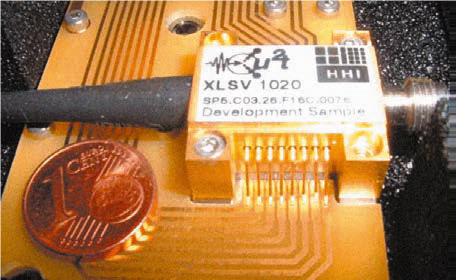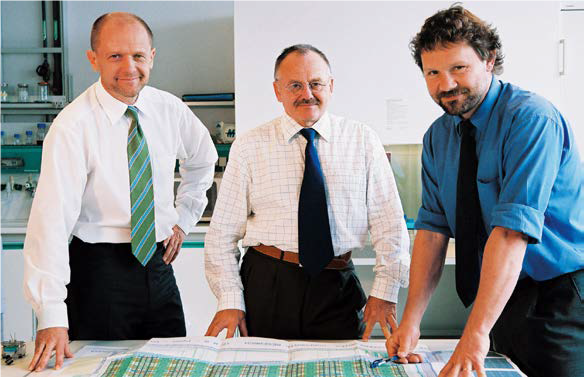Highlights of 2004 / Fraunhofer IIS
Automatic blood counts

Draw blood and take it to the laboratory. Until now, the usual blood count examination had to be performed manually in case of abnormalities – after all, this was the case in 40 % of the patients. A computerassisted blood cell analysis will now take over this task. With HemaCAM, researchers at Fraunhofer IIS in Erlangen have developed a technique to automate such analyses and increase the quality of the findings.
Last modified:


